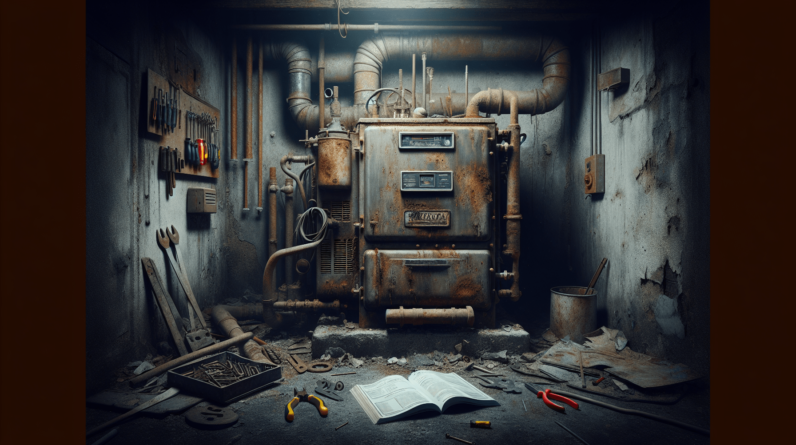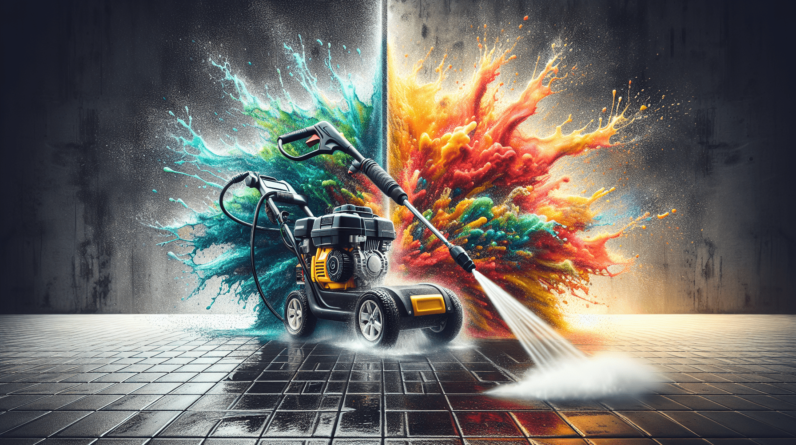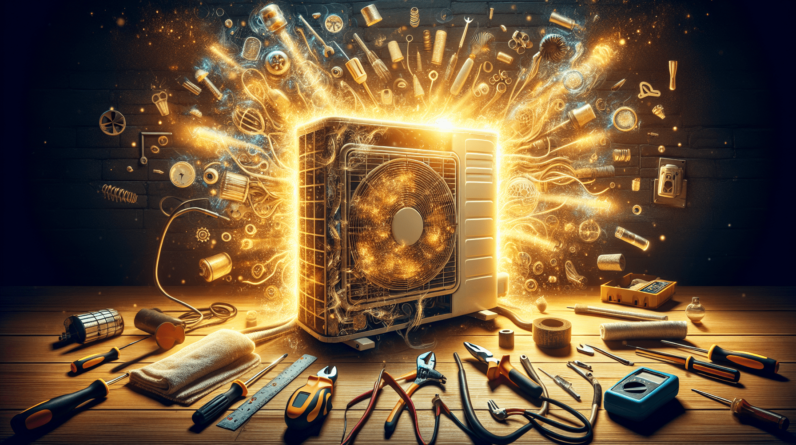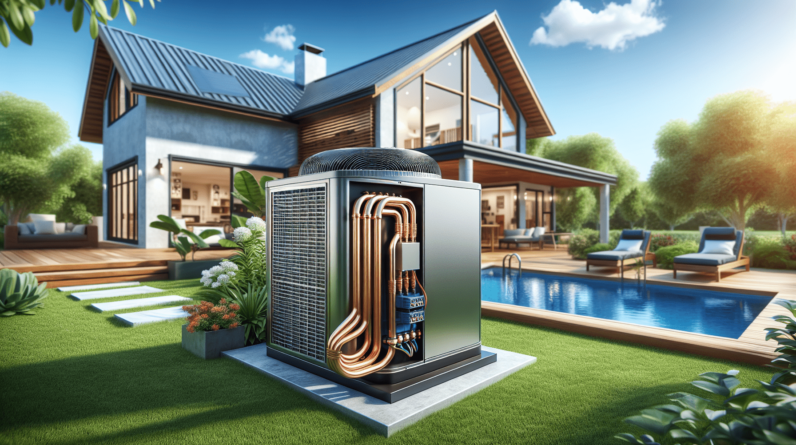
Have you ever wondered if a roof leak could be a structural issue? Well, in this article, we will explore the connection between roof leaks and structural integrity. It’s important to know whether a simple leak can cause significant damage to the overall structure of your home. By understanding this relationship, you can take the necessary steps to prevent potential structural issues and ensure the safety of your property. So, let’s delve into this topic and uncover the truth behind roof leaks and their impact on your home’s structure.
Causes of Roof Leaks
Missing or damaged shingles
One of the most common causes of roof leaks is missing or damaged shingles. Shingles serve as the first line of defense against rain and other elements. When they become cracked, curled, or completely missing, water can easily seep into the underlayment and decking, leading to leaks.
Clogged gutters
Clogged gutters can also contribute to roof leaks. When leaves, debris, or other materials accumulate in the gutters, they prevent proper drainage of rainwater. This can result in water overflowing onto the roof and seeping into the underlying structures.
Faulty flashing
Flashing is the material used to seal joints and transitions on the roof, such as chimney, skylight, and vent openings. If the flashing is improperly installed or becomes damaged over time, it can create pathways for water to infiltrate the roof and cause leaks.
Improperly installed skylights
Skylights, when not installed properly, can become a source of roof leaks. If the flashing around the skylight is not properly sealed or if the skylight itself becomes damaged, water can penetrate into the roof and lead to leaks.
Condensation and moisture buildup
Condensation and moisture buildup in the attic can also result in roof leaks. When warm, moist air from the living spaces below rises and meets the cool surface of the roof, it can cause condensation. Over time, this moisture can accumulate and weaken the roof structures, leading to leaks.
Broken or cracked vent pipes
Vent pipes are commonly found on rooftops and allow for proper ventilation of the plumbing system in a house. When vent pipes become cracked or broken, they can allow water to enter the roof. This can lead to leaks and potential water damage.
Ice dams
In cold climates, ice dams can occur on roofs during winter. When snow melts on a warm roof and refreezes near the colder eaves, it forms ice dams. These ice formations can prevent proper drainage of water and cause it to back up under the shingles, leading to roof leaks.
Lack of maintenance
Neglecting regular roof maintenance can result in roof leaks. Without periodic inspections, cleaning, and repairs, small issues can go unnoticed and develop into major problems over time. Regular maintenance is crucial in preventing roof leaks and prolonging the lifespan of the roof.
Age of the roof
Roofs have a limited lifespan, and as they age, they become more susceptible to leaks. Over time, the materials can deteriorate, shingles can become worn, and structural integrity can weaken. Older roofs are more likely to develop leaks, highlighting the importance of regular inspections and maintenance.
Extreme weather conditions
Extreme weather conditions, such as heavy rain, strong winds, hailstorms, or snowstorms, can cause damage to the roof and result in leaks. The force of these weather events can dislodge shingles, damage flashing, or create other vulnerabilities in the roof system.
Signs of Roof Leaks
Water stains on ceilings and walls
Water stains on ceilings and walls are a common sign of roof leaks. These stains appear as brownish discolorations and can grow larger over time if the leak is not addressed. Water stains indicate that water is seeping into the building’s interior through the roof.
Damp or musty odors
If you notice damp or musty odors in your home, it could be a sign of a roof leak. When water penetrates the roof and reaches the building materials, such as insulation or drywall, it can create a damp environment that gives off a distinct odor.
Mold and mildew growth
The presence of mold and mildew in your home, especially near the ceiling or upper walls, can be a clear indication of a roof leak. Mold and mildew thrive in moist environments, and a roof leak provides an ideal breeding ground for their growth.
Peeling or bubbling paint
Peeling or bubbling paint on your walls or ceilings can also be a sign of a roof leak. When water infiltrates the roof and reaches the underlying materials, it can cause the paint to lose adhesion and peel or bubble.
Water dripping or pooling
If you notice water dripping from the ceiling or pooling on the floor, it is a strong indication of a roof leak. This means that water has breached the roof and is now entering your living space, potentially causing significant damage.
Sagging ceilings or roof
A sagging ceiling or roof is a serious sign of a roof leak and usually indicates a more severe structural issue. The weight of accumulated water can cause the ceiling or roof to sag, posing a safety risk and requiring immediate attention.
Visible roof damage
Visible damage to the roof, such as missing or damaged shingles, cracked flashing, or curled edges, can be an obvious sign that your roof is compromised and may be leaking. Regular inspections can help identify these issues before they lead to leaks.
Does a Roof Leak Indicate a Structural Issue?
Water damage to the roof decking or trusses
When a roof leak goes unaddressed, it can lead to water damage on the roof decking or trusses. This damage weakens the structural integrity of the roof and can compromise its ability to support the weight of the roofing materials.
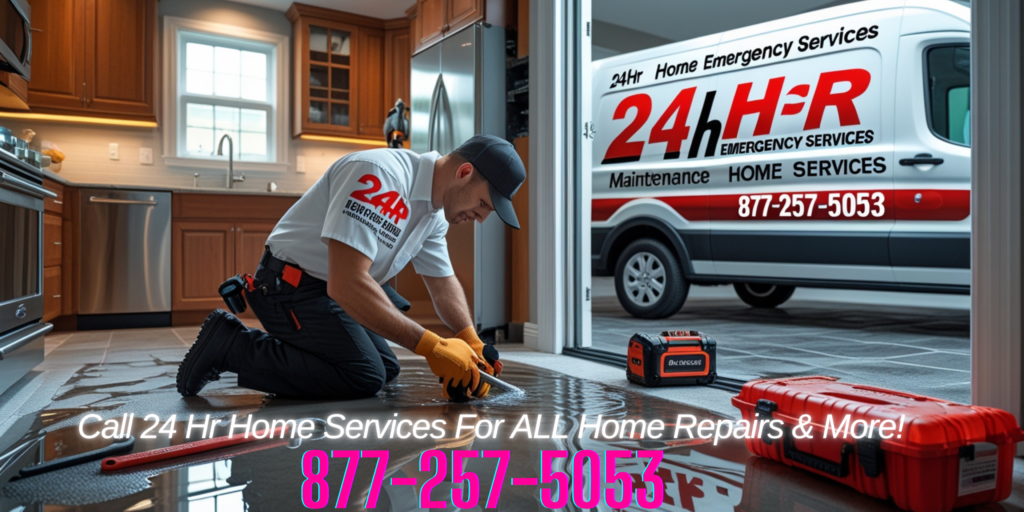
Weakening of the overall roof structure
A roof leak can cause the overall roof structure to weaken over time. Water infiltration can lead to rotting, deterioration, or warping of the wood components, making the roof less stable and vulnerable to further damage.
Rotting or deteriorating wood
Constant exposure to moisture from roof leaks can cause the wood components of the roof, such as the rafters or roof trusses, to rot or deteriorate. This can significantly impact the structural integrity of the roof and may require extensive repairs or replacement.
Compromised insulation
A roof leak can result in compromised insulation. Water leaking through the roof can saturate the insulation material, reducing its effectiveness in regulating temperature and increasing energy costs. Additionally, wet insulation can promote the growth of mold, further exacerbating the issue.
Damage to attic and ceiling joists
A roof leak can cause damage to the attic and ceiling joists. When water infiltrates the roof, it can seep into the attic space and come into contact with the wooden joists. Over time, this can lead to rotting, warping, or weakening of the joists, which may require repairs or replacement.
Potential for mold growth and compromised indoor air quality
Unaddressed roof leaks create a moist environment that is conducive to mold growth. Mold can spread rapidly and pose health risks to the occupants of the building. Additionally, compromised indoor air quality can result from the presence of mold spores and other allergens.
Risk of electrical hazards
If a roof leak reaches electrical components, such as wiring or light fixtures, it can pose a significant electrical hazard. Water and electricity do not mix well, and the presence of water near electrical systems increases the risk of short circuits, sparks, or electrical fires.
Consequences of Ignoring a Roof Leak
Further damage to the roof
Ignoring a roof leak can lead to further damage to the roof itself. The longer water is allowed to infiltrate the roof, the more the materials will deteriorate, potentially requiring more extensive repairs or even a full roof replacement.
Structural damage to the entire building
A neglected roof leak can result in structural damage to the entire building. As water seeps into the underlying structures, it can weaken the building’s framework, compromising its stability and safety. This can be particularly problematic in multi-story buildings, where the effects of a roof leak can extend to multiple levels.
Increased energy costs
Roof leaks can also contribute to increased energy costs. When insulation becomes wet or damaged, it loses its ability to regulate temperature effectively. This can lead to increased heating or cooling needs and, subsequently, higher energy bills.
Health risks for residents
Untreated roof leaks can pose health risks to the residents of a building. The presence of mold, mildew, or other allergens can cause or exacerbate respiratory issues, allergies, or other health conditions. Additionally, the risk of electrical hazards associated with roof leaks can put occupants in danger.
Decreased property value
A roof leak that is left unattended can significantly decrease the property value. Potential buyers and renters are likely to be deterred by the presence of roof leaks, as they indicate underlying structural issues and potential additional costs for repairs or renovations.
Expensive repairs and renovations
Ignoring a roof leak ultimately leads to more expensive repairs or renovations down the line. What may have initially been a small issue can escalate into a larger problem, requiring extensive repairs or even a complete roof replacement. Timely intervention can save homeowners significant costs in the long run.
Roof Leak vs. Structural Issue
Roof leaks are symptoms, not the underlying problem
It is important to recognize that roof leaks are typically symptoms of an underlying problem rather than the problem itself. While addressing the leak is crucial, it is equally important to identify and resolve the root cause to prevent future leaks and potential structural issues.
Structural issues may lead to roof leaks
Structural issues can indeed lead to roof leaks. A compromised roof structure can create vulnerabilities through which water can infiltrate. It is therefore essential to address any structural issues alongside repairing the roof leak to ensure long-term stability.
Roof leaks can cause or exacerbate structural issues
On the other hand, ignoring or neglecting a roof leak can cause or exacerbate structural issues. Water damage can lead to weakened wood, rot, and deterioration, compromising the structural integrity of the roof and the entire building over time.
Both require timely repair and maintenance
Roof leaks and structural issues both require timely repair and ongoing maintenance. Addressing roof leaks promptly and conducting regular inspections and maintenance can help prevent structural issues from developing or worsening. Similarly, addressing structural issues and maintaining a well-functioning roof system can help prevent roof leaks.
Preventing and Addressing Roof Leaks
Regular inspections and maintenance
Regular inspections by a professional roofing contractor are essential to identify and address potential roof leaks. These inspections should include checking for damaged shingles, flashing, and other vulnerable areas. Maintenance tasks such as cleaning gutters and downspouts should also be performed on a regular basis.
Addressing underlying structural issues
If a roof leak is caused by underlying structural issues, such as weakened trusses or deteriorated wood, it is crucial to address these issues promptly. Consulting with a structural engineer or qualified contractor can help determine the best course of action to restore the structural integrity of the roof.
Repairing or replacing damaged shingles
Missing or damaged shingles should be promptly repaired or replaced to maintain a watertight roof. Shingles that are cracked, curled, or have granule loss are signs of wear and should be individually addressed to prevent leaks.
Clearing gutters and downspouts
Regularly clearing gutters and downspouts of leaves, debris, and other materials is essential for proper drainage. Clogged gutters can contribute to roof leaks by causing water to overflow and seep into the roof structure.
Resealing and repairing flashing
Ensuring that flashing is properly sealed and in good condition is vital for preventing roof leaks. If the flashing is damaged or deteriorated, it should be promptly repaired or replaced.
Installing proper ventilation
Proper ventilation helps prevent condensation and moisture buildup in the attic, reducing the risk of roof leaks. Installing ridge vents, soffit vents, and other ventilation systems can help maintain a healthy roof environment.
Maintaining an adequate slope
An adequate slope or pitch on the roof promotes proper water drainage and helps prevent water from pooling or accumulating. Ensuring that the current slope is maintained can minimize the risk of roof leaks.
Using high-quality roofing materials
Investing in high-quality roofing materials, such as durable shingles, can significantly reduce the likelihood of roof leaks. Quality materials are more resistant to damage from weather elements and have a longer lifespan, providing better protection against leaks.
Proper attic insulation and ventilation
Proper insulation and ventilation in the attic help maintain a stable temperature and prevent moisture buildup. Adequate insulation helps prevent ice dams in colder climates, reducing the risk of roof leaks.
Professional roof inspections and repairs
Regular inspections by a professional roofing contractor are essential for identifying and addressing potential roof leaks. If a leak is detected, it is recommended to hire a professional to carry out the necessary repairs to ensure they are done correctly and effectively.
Conclusion
Addressing roof leaks promptly and preventing them from occurring in the first place is crucial for maintaining the integrity of your roof and the overall structure of your building. Regular inspections and maintenance, addressing underlying structural issues, and using high-quality materials are essential for preventing roof leaks. By taking proactive steps, you can safeguard your property, minimize the risk of costly repairs, and ensure a safe and comfortable living environment. Remember, a roof leak is not only a symptom but also an indication of potential structural issues that should not be ignored.

